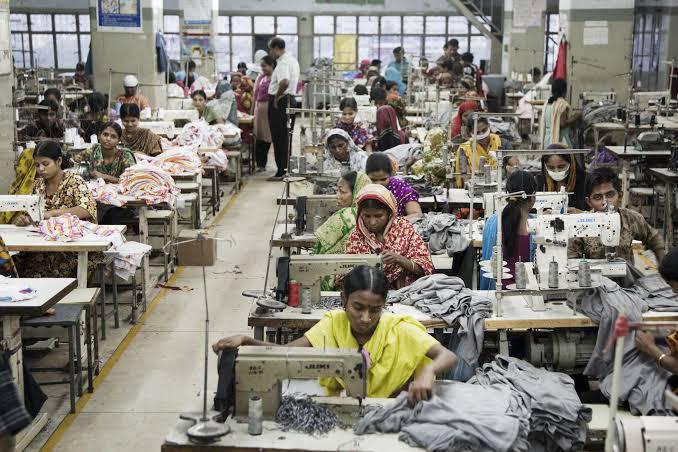
Fast Fashion: Style With Devastating Consequences
In response to the growing demand of various clothing and accessories, the fast fashion industry has developed a clever way to maximize profits. Essentially, fast fashion is mass-produced clothing sold for cheap to consumers looking to keep up with the latest trends. Customers are able to purchase many articles of clothing and fast fashion companies generate immense revenue: it seems like a win-win for everyone. However, this cheap clothing comes with a more serious cost.
Clothing that is both fashionable and cheap sounds like a dream come true for any customer. In today’s day and age, celebrities and social media influencers establish fashion trends through their followings on platforms like Instagram and TikTok inspire the youth. As a result, teenagers and young adults are the main demographic behind the growing demand for trendy clothing.
There are several flaws when it comes to the multi-billion dollar industry of fast fashion. In Bailey Agbai’s expose, she details the inhumanites behind the scenes of factories of clothing brands like ZARA and SHEIN.
The exploitation of women and children is commonplace for factories mass-producing these trendy clothes that kids love. Agbai refers to this cruelty as “modern-day slavery.” Vulnerable people in third-world countries are often trafficked and forced by men to work in factories creating these clothes and are paid little to no wage at all. Male managers in factories may even make women sign contracts promising that they will not get pregnant during their employment. Factory workers lose their rights and are dehumanized as a result of the greedy cash-grabs in the fast fashion industry.
To make matters worse, fast fashion brands also yield various forms of environmental destruction. Cheap materials used to make the clothes are often disposed and occupy tremendous space in landfills. The factories manufacturing these clothes also use microplastics which are not biodegradable. These unrecyclable materials increase carbon emissions and harm the natural climate of the planet.
The unfortunate truth is that mainstream culture today revolves around fast fashion, as morbid as it is. But how much longer will we tolerate this cruelty? As consumers, it is our responsibility to prevent these supply chains from growing and ruining more lives. Social media may perpetuate clothing trends and popular styles, but we must not ignore the injustices hidden within the fast fashion industry when making the conscious choice to support these brands.
For many people, what we wear serves as an outlet of expression and presentability. Moreover, there is nothing necessarily wrong with feeling the need to express yourself. Kylie Jenner’s latest dress on social media is not the problem at hand. Rather, it is the immoral big businesses which take advantage of others’ lives for economic gain. Agbai evokes a meaningful question which assess our moralities: “What do you consider a greater injustice? Influencers having to choose a new career path, or workers being exploited?” Although it is our choice whether or not to contribute to this dilemma, we should be mindful that boycotting these brands will have a much more positive impact than following another trend on TikTok that will not even last longer than a week.
There are many alternatives to fast fashion brands that are more ethical and enviromentally-conscious. Shopping from sustainable brands that are higher quality takes up less space in landfills because they last longer and are usually made from better, environmentally friendly materials. Furthermore, donating or selling clothes that are only gently used instead of just disposing of them reduces pollution. Recycling and using second-hand garments another method of reducing pollution and toxins in the environment as well. In essence, we must recognize the injustices present in the fast fashion industry and stray away from supporting these companies that appear to be innocent and charming. It is our responsibility to make more appropriate decisions in order to protect the environment and our lives.

